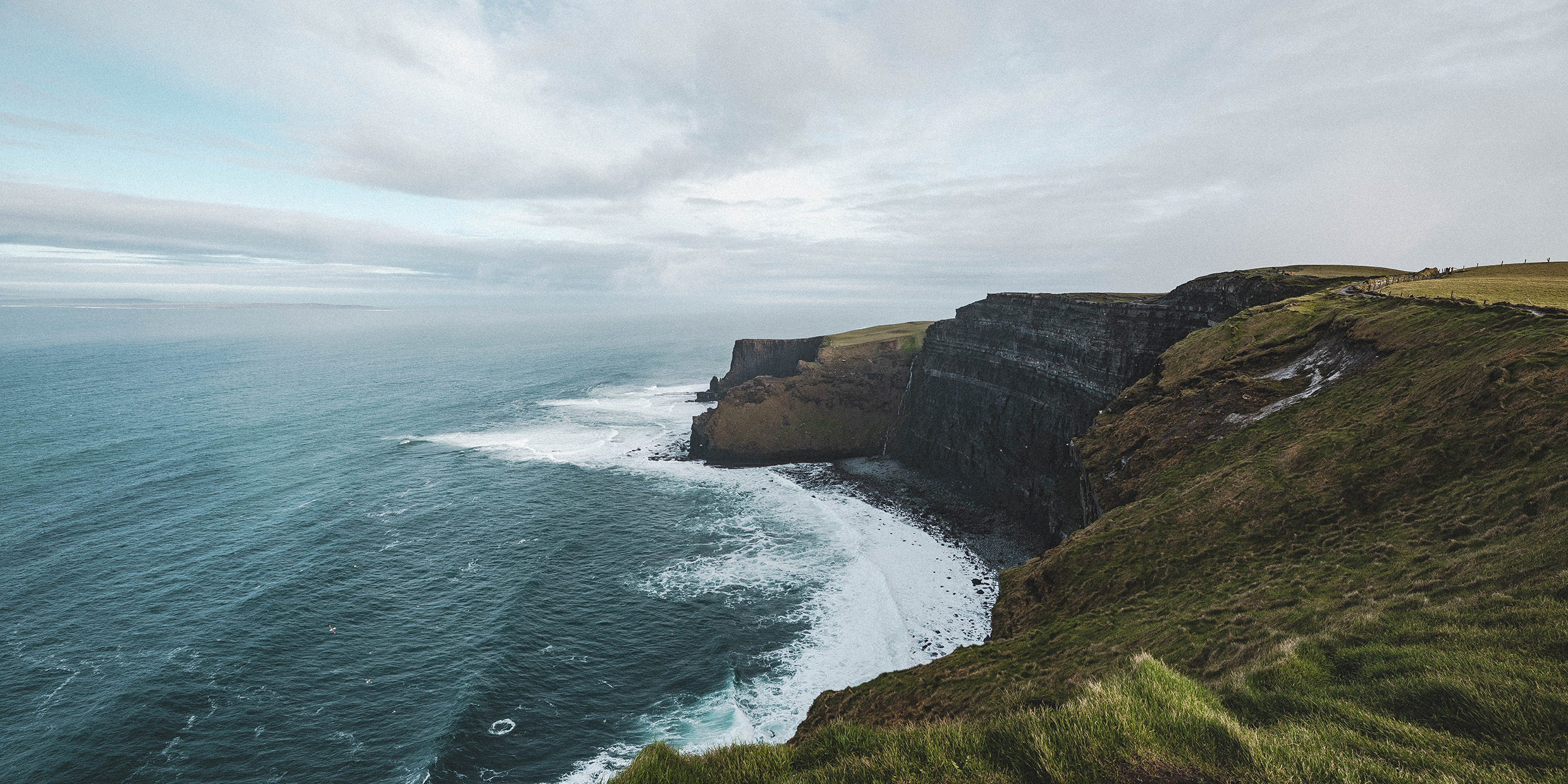Originally published 6 August 1984
For 12 years, off and on, I have been a student of Irish weather. I have studied the daily weather maps in the Irish Times. I have listened to the 6 o’clock shipping forecasts on the BBC. I have watched the barometer. I have held a moistened finger to the wind.
What have I learned?
That two forecasts will serve for 80 percent of the time: “Wet almost everywhere with sunny intervals,” and “Mostly dry with occasional showers.”
The remaining 20 percent of Irish weather includes winter gales that blow from Iceland with a force that withers trees and rattles the tiles on the roof, and summer anticyclones that drift up from the Azores and sit for days upon Ireland like sunny crowns.
Three words summarize Irish weather: changeable, mild and moist.
Atlantic generator
Ireland’s weather comes off the Atlantic. It is a rare wind that makes its way across the Irish Sea from Britain. The weather maps published daily by the Irish Meteorological Office show Ireland up against the right-hand margin, and we can only assume that whatever happens east of Howth Head is usually irrelevant. On the left margin of the maps is Labrador. The blank space in between is the North Atlantic, a notorious weather generator.
In that wet arena south of Greenland, cool air from the Arctic and tropical air from Bermuda are in constant conflict. When these unstable air masses collide, they generate depression after depression that are hurled eastward toward Ireland.
It is not unusual for two fronts to pass across the country in a single day. A day that begins in mist and drizzle can end in brilliant sunshine. A day that begins fine can end with a gale. The only way to tell what the weather will be like tomorrow is to look out the window when you wake up.
Ireland is warmed by the Gulf Stream, a river in the ocean that carries the heat of Mexico 4000 miles north and east to the shores of Europe. The country is at the latitude of Labrador, but its winter climate is milder than New England’s. Enough snow to be a nuisance is rare in Dublin and unheard of in the southwest. Palm trees grow in Cork and Kerry, and fuchsia, an import from more equatorial latitudes, runs wild like a weed.
At the other extreme, temperatures of 70 degrees Fahrenheit are a heat wave, and cause for comment in the papers. This year it was 70 degrees at Easter, and Irish people who went to the Mediterranean for the sun would have done better to have stayed at home.
The thermal mass of the surrounding seas steadies Ireland’s climate. The variation in average temperatures throughout the year is only 15 degrees. But moving air can add pleasant or unpleasant fluctuations to the gently undulating curve of temperature; I have gone swimming on Kerry beaches in January and piled on sweaters in July.
Irish mist
And wet! Certain moist themes in the weather forecasts are as Irish as shamrocks. “Drizzle spreading from the west will affect all areas by morning.” Not as much rain falls in Ireland as some people think. A drenching downpour is uncommon. It is the frequency and persistence of the rain that is uniquely Irish. It hangs in the air. It sits in the bogs. It squishes up around your boots. It creeps in across the window jambs and under the door. Sometimes it seems as if the whole country has been turned upside down and the sea is on top. Ireland faces into the Atlantic like the prow of Europe — and catches all of the spray. It is no accident that the national liqueur is called Irish mist.
Tourists sometimes grumble about the Irish weather, but natives never do. Irish people talk about the weather, someone said, with “quiet resignation and gratitude.” It is a rare day that does not have its moment of special beauty.
In Kerry, they say that the peak of Carrantuohill, Ireland’s highest mountain, was the last dry land to stand above the rising waters of the biblical Deluge. As Noah steered his ark past this temporary island he saw upon it a Kerryman, who greeted him with the universal Irish greeting: “A fine soft day, thanks be to God.”



